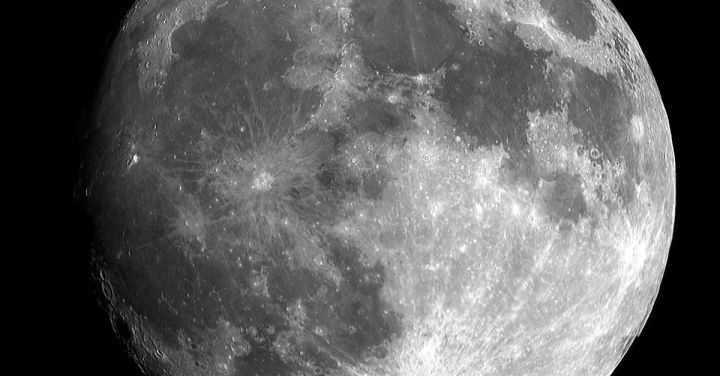Does the Lunar Phase Affect Wildlife Activity?

The moon has long been a subject of fascination for humans, its ethereal glow casting an otherworldly light upon the world. But does the lunar phase have any impact on the behavior of wildlife? This question has intrigued scientists and nature enthusiasts for centuries, sparking a debate that continues to this day. In this article, we will explore the various theories surrounding the relationship between the lunar phase and wildlife activity.
The Influence of Moonlight
One of the most commonly proposed theories is that the brightness of the moonlight during different lunar phases can affect the activity patterns of nocturnal animals. It is well-known that many nocturnal animals rely on moonlight to hunt or navigate in the dark. During a full moon, when the moon is at its brightest, it is believed that these animals may be more active and exhibit increased hunting behavior. Conversely, during a new moon, when the moon is not visible, it is thought that nocturnal animals may be less active due to the lack of moonlight.
However, while this theory seems plausible, scientific studies have yielded mixed results. Some studies have shown a correlation between lunar phase and wildlife activity, while others have found no significant relationship. This suggests that moonlight alone may not be the sole factor influencing wildlife behavior.
The Gravitational Pull
Another theory proposes that the gravitational pull of the moon may affect the behavior of certain animals, particularly those living in aquatic environments. It is well-known that the moon’s gravitational force creates tides in the oceans, but could it also influence the activity of marine animals? Some researchers believe that certain species, such as dolphins or whales, may be more active during specific lunar phases, possibly due to changes in the availability of food or the movement of their prey.
However, this theory remains speculative, as there is limited scientific evidence to support it. The gravitational pull of the moon is relatively weak compared to other environmental factors that influence animal behavior, and its effects on wildlife activity are difficult to measure accurately.
Circadian Rhythms and Internal Clocks
A third theory suggests that the lunar phase may indirectly influence wildlife activity by affecting their internal clocks or circadian rhythms. Many animals, including humans, have internal biological clocks that regulate their daily activity patterns. These clocks are often synchronized with external cues, such as light and darkness, to maintain a consistent rhythm.
It is possible that the changing light levels during different lunar phases could disrupt the internal clocks of some animals, leading to changes in their activity patterns. For example, a study on lemurs found that their activity levels varied with the lunar cycle, with higher activity during the bright phase of the moon. This suggests that the lunar phase may indirectly influence wildlife activity through its effects on circadian rhythms.
Conclusion: The Mystery Continues
While the influence of the lunar phase on wildlife activity remains a subject of debate, one thing is clear – there is no definitive answer. Despite numerous studies and theories, the relationship between the lunar phase and wildlife behavior remains elusive. It is possible that the effects, if any, are species-specific or depend on various other environmental factors.
As we continue to unravel the mysteries of the natural world, it is important to approach this topic with an open and curious mind. Whether the lunar phase truly affects wildlife activity or not, the moon will continue to captivate our imagination and inspire us to explore the wonders of the natural world.
